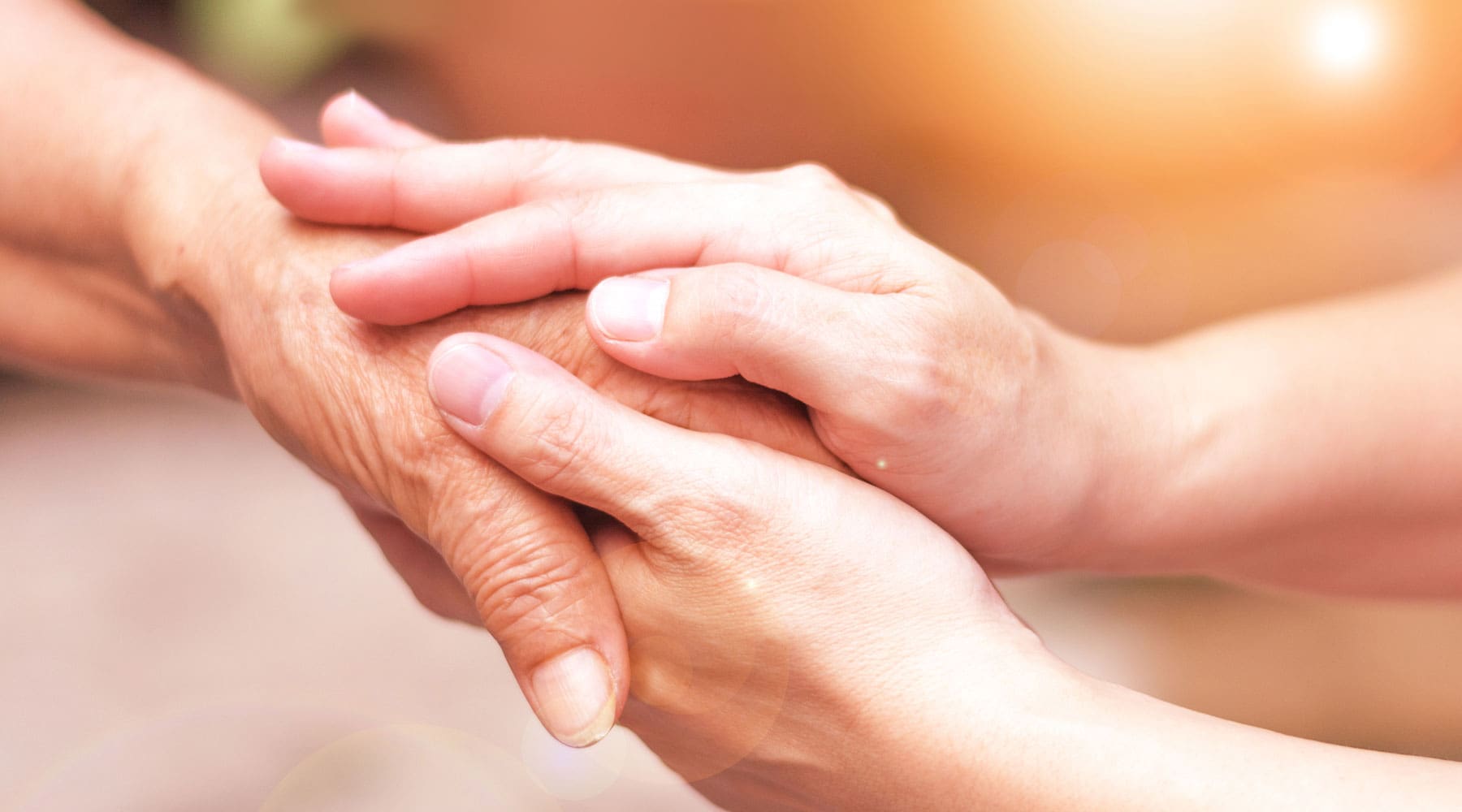I am so very privileged to be able to spend some of my time with the staff, families and volunteers at Emily’s House, one of only 6 pediatric hospices in the country. I am able to act on my passion for access to equitable palliative care here, and I am grateful to be a part of something so amazing.
While cure may not be possible, care is.
Children who are dying are often a neglected issue – I believe this is largely because it is so very hard for us to think about the tragedy of young lives cut short, of dreams unrealized, of such immensely sad circumstances.
I often wonder if the same holds true for other gaps in healthcare; do we avoid addressing a need, a problem, a gap because it is hard to deal with the issue or to speak about the “unspeakable?” In the case of palliative care for children, because of our discomfort, we, as a society, have historically underserved these children and their families. There is an emerging cadre of children’s hospices trying to address these needs and do it in a way that celebrates life – in children’s hospice we play, we laugh, we cry, we eat, and we remember.
Children are not just little adults; dying children require unique care. Whereas the vast majority of dying adults prefer to be at home at the end of life, the same cannot be said for the families of dying children. While more than 80% of adults receiving palliative care in Canada have cancer diagnoses, cancer accounts for less than 25% of the children we care for at the end of life. The majority of Canadian children requiring palliative care have complex technology-dependent congenital or acquired neurologic diseases. Their medical challenges frequently result in considerable complexity and significant difficulty providing optimal care at home. As such, families may be reluctant or not equipped to choose home as the location of care at death, preferring to be where access to around-the-clock support and expertise is immediately available. Until there is adequate access to paediatric palliative care, the only place for that type of care is in an acute care setting like a hospital.
This post isn’t about the sadness of children’s hospice, but the immense privilege of being able to be a part of a movement that celebrates and supports family life while caring for children who will die. Good palliative care is truly about making every moment of life as fulfilling as possible.
On this beautiful sunny winter day, I want to reflect on these very special children and families and how a home like environment filled with caring and compassionate care at the end of their lives can mean so much to them. Comprehensive palliative care for children helps to make sure there will be warm family memories for parents and siblings who lose a child and that children will be comfortable and pain free. When I tell people about paediatric hospice, which I frequently do, I tell them that it is often the best possible place for families who find themselves in the worst possible situation.
I encourage all of us to ask ourselves which of the issues we face in healthcare may be perpetuated by our own discomfort, and as we identify these, to search for ways to overcome that discomfort so we can address the needs of every Canadian.


